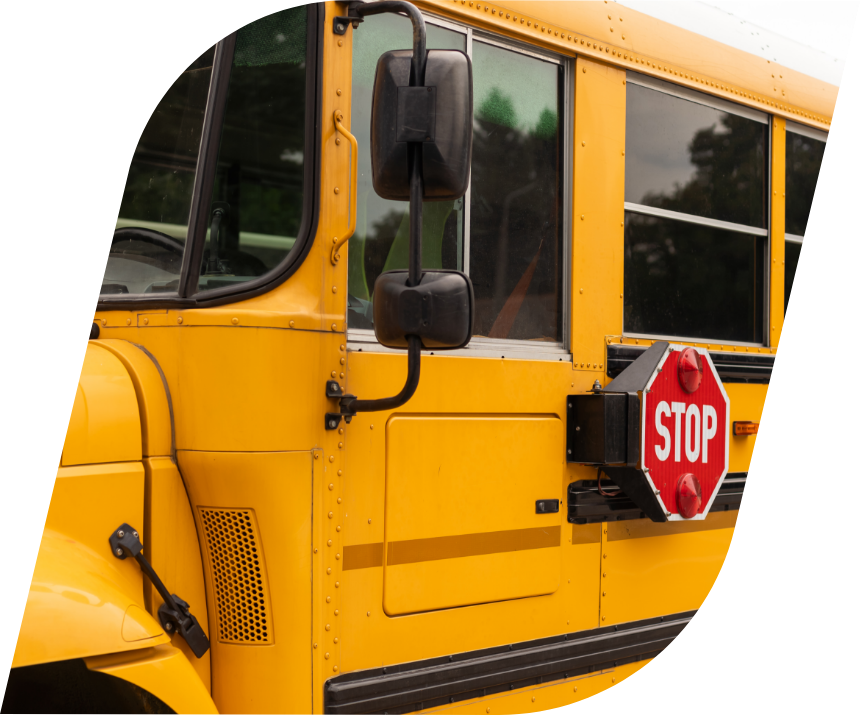Supreme Court Holds That School Bus Surveillance Video is a Public Record But Student Images Are Not


July 9, 2020
Gretchen E. Moore
Posted in Education
The Family Educational Rights and Privacy Act (FERPA) could not protect a school bus surveillance video as exempt under Pennsylvania’s Right-to-Know Law (RTKL) where a school district failed to demonstrate that disclosure would lead to loss of federal funding pursuant to FERPA. In Easton Area School District v. Miller et al.[1], Rudy Miller and The Express Times submitted a Right-to-Know request to the Easton Area School District seeking the school bus surveillance video related to a physical disciplinary incident involving an elementary school teacher and a student on the bus. The school district denied the request and on appeal to the Office of Open Records (OOR), the school district took the position that the video constituted an education record under FERPA (a defined term) and therefore disclosure of the video would put the district at risk of losing federal funding, citing to Subsection 708(b)(1)(i) of the RTKL, which exempts from public record access a record whose disclosure would result in the loss of federal or state funds by an agency. The school district’s position was that Subsections 1232g(b)(1)-(2) of FERPA generally provide for the withholding of federal funding to education agencies or institutions that have a policy or practice of releasing education records and personally identifiable information contained in those records unless certain conditions are present.
The OOR determined that the video was not an education record under FERPA, as did the lower court. The Commonwealth Court affirmed the lower court’s order but its reasoning differed. The Commonwealth Court found that while FERPA did not require an education record to be related exclusively to a student’s academic performance, it did require it to be “directly related to a student.” As the video was only “tangentially related” to the students on the bus and instead “directly related” to the teacher disciplining the student, it was not an education record related to the student and therefore not exempt from disclosure under FERPA.
The Supreme Court granted discretionary review to consider whether the Commonwealth Court erred in determining that the video was not exempt from disclosure under FERPA. While the Supreme Court’s rationale departed from the Commonwealth Court, they affirmed the court’s order, with instructions to redact student images from the video prior to disclosure. The Supreme Court found that the lower courts ended their inquiry after determining that the video was not an education record. However, as the Supreme Court pointed out, that does not conclude the analysis because a conclusion that the video qualifies as an education record under FERPA does not necessarily render the video exempt from disclosure under the relevant subsection, rather you need to assess the impact on funding.
The Supreme Court therefore found that the video is an education record within the meaning of FERPA because it is “directly related” to the student as much as it is related to the teacher. The Supreme Court focused on the fact that the school district failed to prove by a preponderance of the evidence that disclosure of the video in fact would result in the loss of federal funds. The Court concluded that the students’ images in the video, however, are exempt from disclosure under FERPA and are thereby excluded from the RTKL’s disclosure requirements pertaining to public records; however, because the images can be redacted to remove personally identifiable information, the video is not exempt and must be disclosed. RTKL Section 706 provides for redaction of information not subject to access and provision for the remainder of the information to be produced.
The Court went on to assess the constitutional balancing test related to the students’ informational privacy, reminding the District of its obligations to balance the students’ and parents’ interests in controlling access to and dissemination of the children’s images in the video against the public’s interest in dissemination of those images and to redact the video as necessary to protect those informational privacy interests.
Justice Dougherty wrote the opinion, joined by Justices Todd and Donohue.
Justices Baer and Wecht joined Part III(A)(2) of the opinion and joined the mandate to the extent it requires disclosure of the subject video, albeit they would favor disclosure in an unredacted form.
Chief Justice Saylor and Justice Mundy joined part III(B) of the opinion to the extent it determines the subject video was an education record and joined the mandate to the extent it precludes the disclosure of information that could reveal the identities of the students in the video.
Several concurring and dissenting opinions were filed.
For more information on this or other Right-to-Know Law concerns, please contact Gretchen E. Moore at gmoore@smgglaw.com.
[1] EASTON AREA SCHOOL DISTRICT, Appellant v. RUDY MILLER AND THE EXPRESS TIMES, Appellees, 13 MAP 2019, 2020 WL 3281099, at *1 (Pa. June 18, 2020)